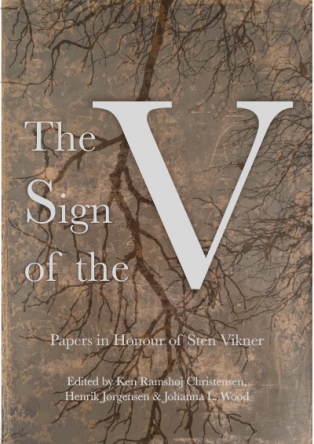The temporal interpretation of West Flemish non-inverted V3
Synopsis
This chapter focuses on Dutch and the West Flemish dialect. It compares the interpretation of the initial temporal adjuncts in a regular V2 pattern, in which the finite verb has inverted with the subject, and in the West Flemish V3 pattern in which an adjunct precedes a non-inverted V2 pattern. An in- terpretive difference emerges in the periphrastic tenses: while in the regular V2 pattern, an initial time adjunct modifies either the Reference Time or the Event Time of the associated clause, in the non-inverted V3 pattern, the initial temporal clause can only modify the matrix Reference Time. This restriction is shown to follow from the analysis elaborated in Haegeman & Greco (2018a,b) combined with a split Tense proposal in which Reference time and Event time are located on distinct functional heads.

